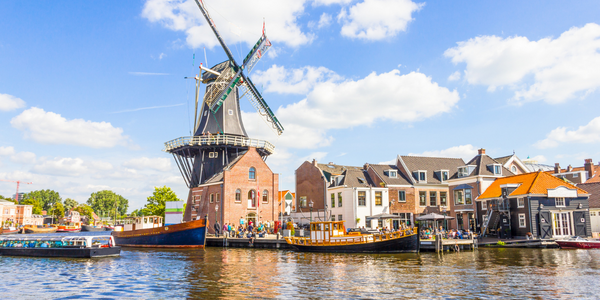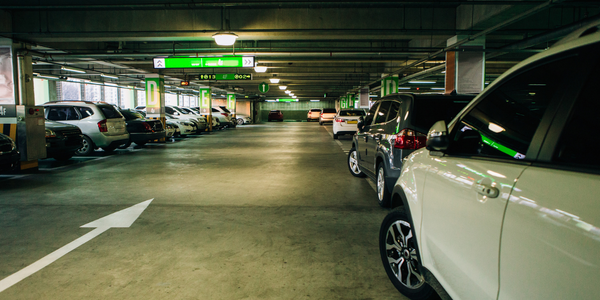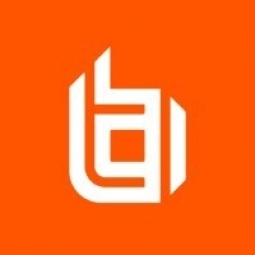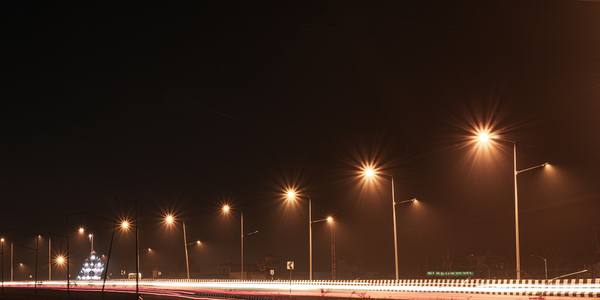公司规模
Large Corporate
地区
- America
国家
- United States
产品
- BeyondTrust Remote Support
技术栈
- VPN
- Browser-based access
- Mobile device access
实施规模
- Enterprise-wide Deployment
影响指标
- Productivity Improvements
- Customer Satisfaction
- Digital Expertise
技术
- 网络安全和隐私 - 云安全
适用行业
- 城市与自治市
适用功能
- 商业运营
- 人力资源
用例
- 远程协作
- 远程控制
- 远程资产管理
服务
- 系统集成
- 培训
关于客户
The customer in this case study is the Department of Innovation and Technology (DoIT) for the state of Illinois. DoIT is responsible for managing the technology infrastructure for the state, including ensuring that all employees have access to their workstations and the necessary applications, systems, and information to perform their duties. In March 2020, DoIT faced a significant challenge when all 30,000 state employees were ordered to work from home due to the COVID-19 pandemic. The department had to quickly find a solution that would allow employees to access their workstations from home, while also meeting the state's stringent compliance standards.
挑战
In March 2020, all 30,000 employees for the state of Illinois were ordered to work from home in response to the spread of COVID-19. This posed a significant challenge for the state’s Department of Innovation and Technology (DoIT), which had to figure out a way to grant employees access to their workstations from their personal devices at home, while also meeting the state’s stringent compliance standards when granting access to critical state applications, systems and information. The state had previously used a variety of remote access solutions, including VPN, but these initiatives could only support up to 5,000 employees and could not scale to the level needed. The state needed a solution that it could implement quickly and with ease.
解决方案
DoIT turned to BeyondTrust to implement a remote support solution that would meet the state’s needs. BeyondTrust Remote Support allows employees to connect to their desktop in the office from their home device. Users can access their office desktops via any browser, on almost any device, securely without needing a VPN or additional access controls. Remote Support allows IT staff to see an employee’s screen and control remote computers and devices running Windows, Mac, Linux, Android and iOS. The solution set also allows IT staff to remotely administer endpoints and gather critical system information without having to pivot to other toolsets or interrupt an end user’s work activities. IT staff can also access the camera of a remote employee’s mobile device to assist in setting up hardware and peripheral devices. DoIT was able to work with the privileged access management company quickly and efficiently, which was critical for the state during this emergency situation.
运营影响
数量效益

Case Study missing?
Start adding your own!
Register with your work email and create a new case study profile for your business.
相关案例.

Case Study
Turning A Stadium Into A Smart Building
Honeywell created what it called the “intelligent system” for the National Stadium in Beijing, China, turning the venue for the opening and closing events at the 2008 Summer Olympics into a “smart building.” Designed by highly controversial artist Ai Weiwei, the “Bird’s Nest” remains one of the most impressive feats of stadium architecture in the world. The 250,000 square meter structure housed more than 100,000 athletes and spectators at a time. To accommodate such capacity, China turned to Honeywell’s EBI Integrated Building Management System to create an integrated “intelligent system” for improved building security, safety and energy efficiency.
.png)
Case Study
Smart Street Light Network (Copenhagen)
Key stakeholders are taking a comprehensive approach to rethinking smart city innovation. City leaders have collaborated through partnerships involving government, research institutions and solution providers. The Copenhagen Solutions Lab is one of the leading organizations at the forefront of this movement. By bringing together manufacturers with municipal buyers, the Copenhagen Solutions Lab has catalyzed the development and deployment of next-generation smart city innovations. Copenhagen is leveraging this unique approach to accelerate the implementation of smart city solutions. One of the primary focus areas is LED street lighting.

Case Study
Buoy Status Monitoring with LoRa
The Netherlands are well-known for their inland waterways, canals, sluices and of course port activities. The Dutch Ministry of Infrastructure indicates that there are thousands of buoys and fixed items in and near water environments that would profit from IoT monitoring. One of the problems with buoys for example, is that they get hit by ships and the anchor cable breaks. Without connectivity, it takes quite some time to find out that something has happened with that buoy. Not to mention the costs of renting a boat to go to the buoy to fix it. Another important issue, is that there is no real-time monitoring of the buoys at this moment. Only by physically visiting the object on the water, one gains insight in its status.

Case Study
Barcelona Case Study
Barcelona’s heavy traffic and its associated high levels of pollution were the primary factors that motivated some companies and universities to work on strategies for improving traffic in the city centre. Bitcarrier is one of the technologies involved in the In4Mo Project, whose main objective is to develop the applications that form the core of smart mobility, one of the fundamental pillars of the smart city concept.

Case Study
China Mobile Smart Parking
Smart Parking, powered by NB-IoT technology, is making it easier for drivers to find free parking spots. Cities can better manage their parking assets and maximize the revenue available to them as a result. Drivers searching for parking create congestion and pollution by circling and hunting for available parking. Smart Parking services are able to significantly ease these problems by guiding a driver directly to a parking space.








